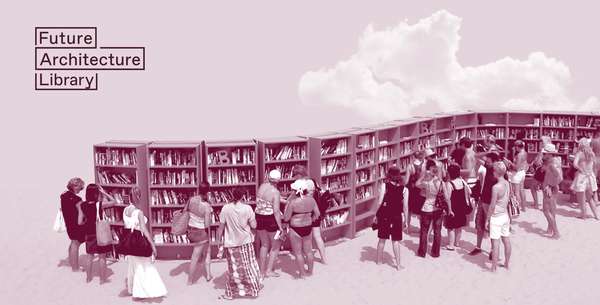Idea by
Carlos Lanuza Jarquín
Call for ideas 2021
Borders of care
Borders of care
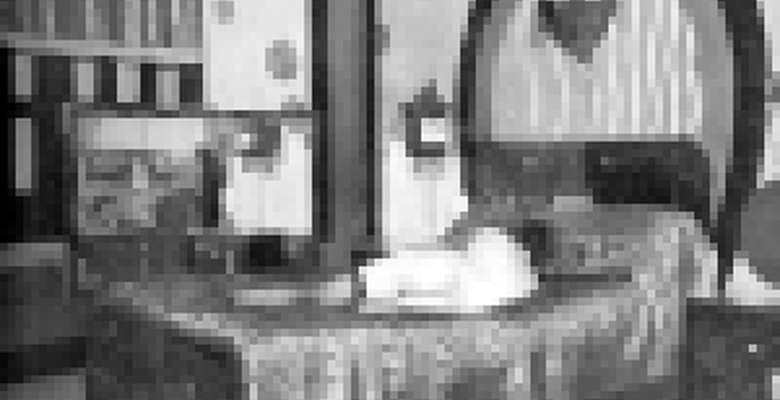
- New alliances
Borders define the way we live, there are a lot of types: physical, social, political, and many more. These are just the reflection of our inner mental limits and fears that we impose to others and to ourselves. But, what happens when you have to cross borders to be cared for? New countries are created, and not necessarily political-flag-proud countries. New ways of seeing and being seen are put into practice, new languages are spoken, of love or rejection, new narratives.
During the 1920s in Barcelona, there was a whorehouse named Madame Petit in the Barrio Chino. This was a neighbourhood for the immigrant and rejected, but Madame Petit was a sort of melting pot where all layers of society met, poor, rich, queers and thieves. When trespassing the moral threshold of this place, a new world would emerge.
Where resides the need for company, for care? Why do we cross borders but don’t let others do it when it is not in our favor? How architecture is a reflection of these borders?
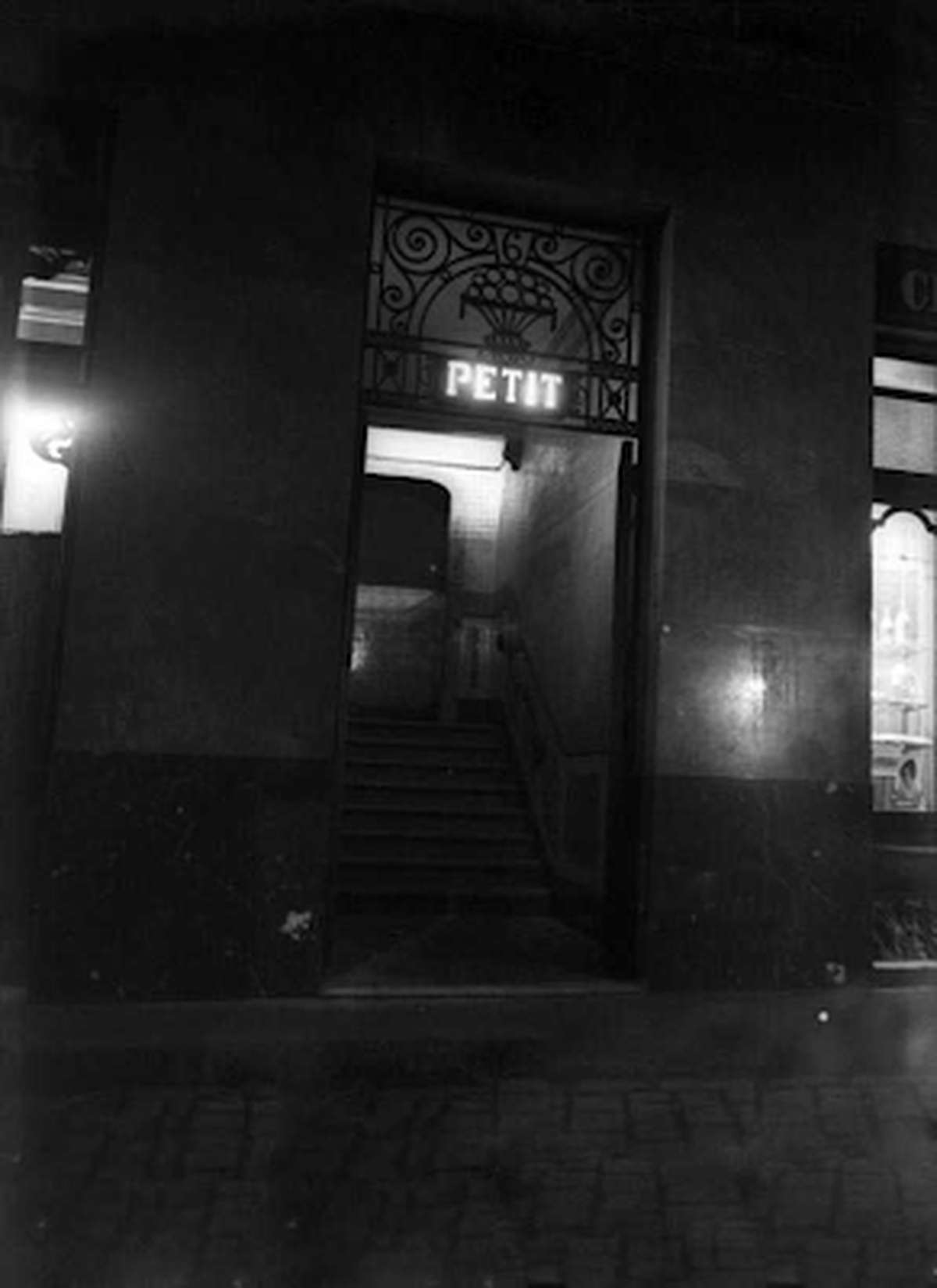
Madame Petit Front Façade
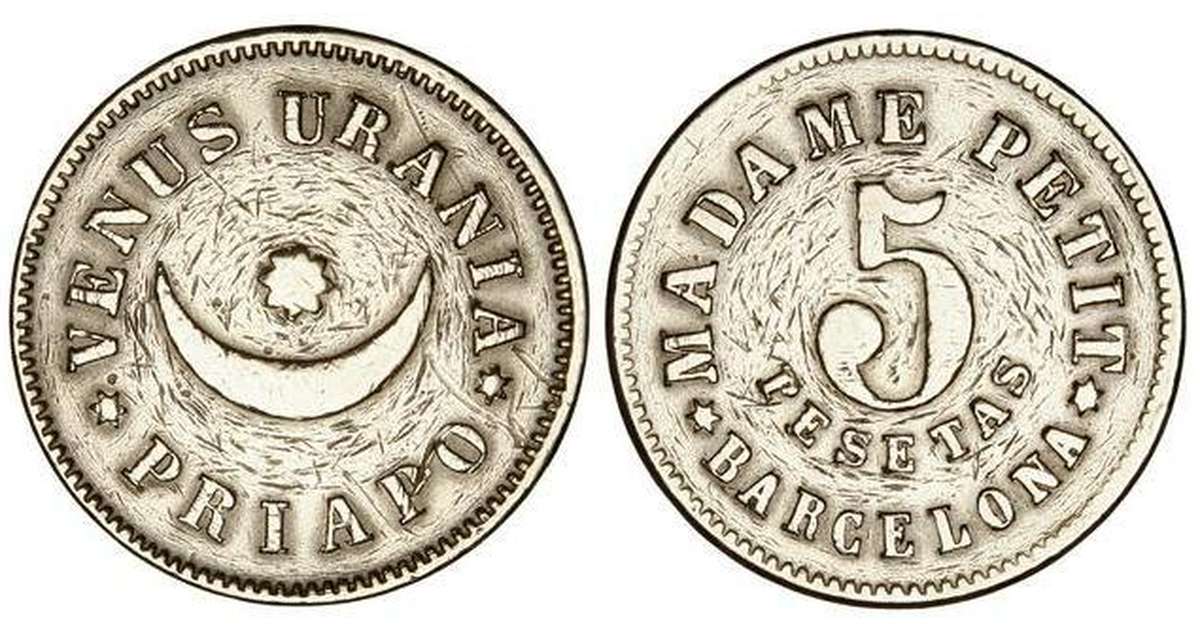
Madame Petit currency
Borders of care
Borders of care

- New alliances
Borders define the way we live, there are a lot of types: physical, social, political, and many more. These are just the reflection of our inner mental limits and fears that we impose to others and to ourselves. But, what happens when you have to cross borders to be cared for? New countries are created, and not necessarily political-flag-proud countries. New ways of seeing and being seen are put into practice, new languages are spoken, of love or rejection, new narratives.
During the 1920s in Barcelona, there was a whorehouse named Madame Petit in the Barrio Chino. This was a neighbourhood for the immigrant and rejected, but Madame Petit was a sort of melting pot where all layers of society met, poor, rich, queers and thieves. When trespassing the moral threshold of this place, a new world would emerge.
Where resides the need for company, for care? Why do we cross borders but don’t let others do it when it is not in our favor? How architecture is a reflection of these borders?
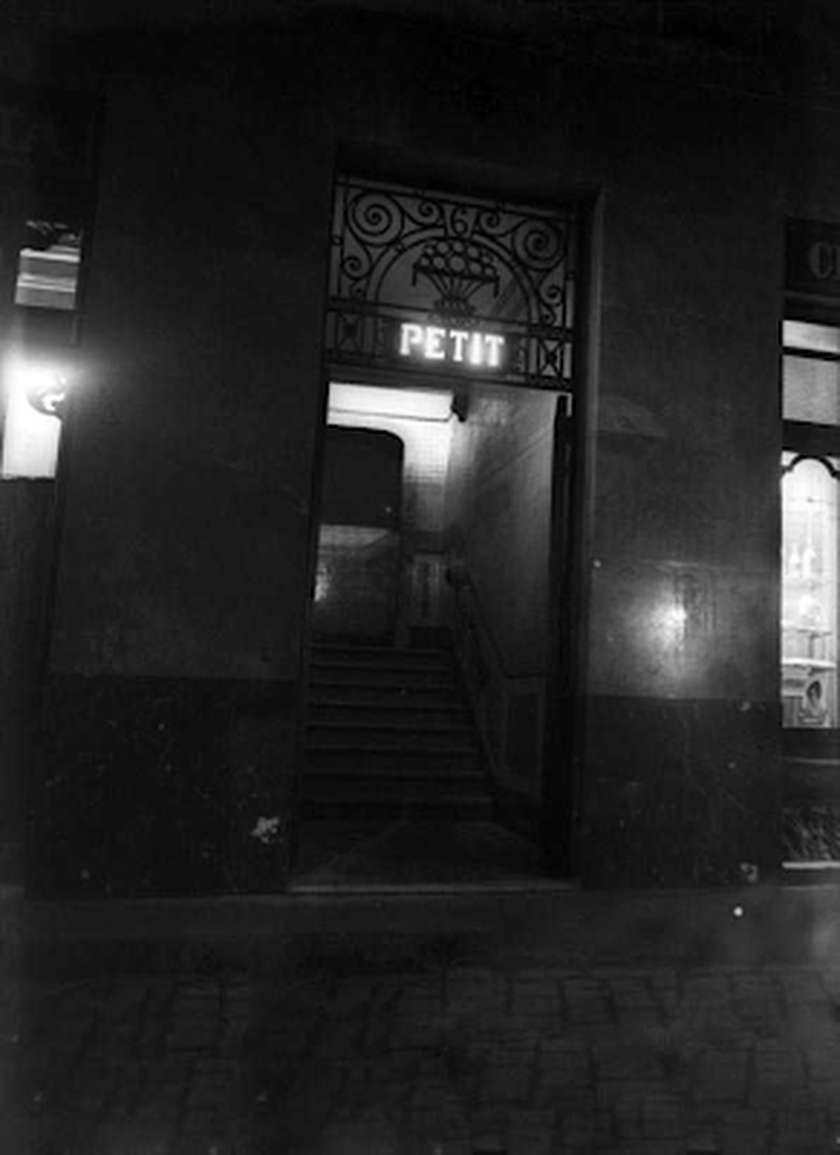
Madame Petit Front Façade

Madame Petit currency

